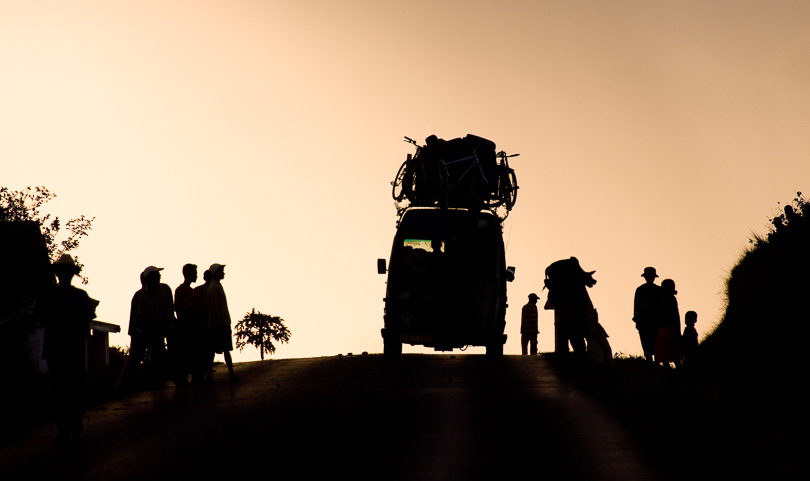A Preference for Long Lenses

On a regular basis, a newbie will ask on one of the forums…”What wide angle lens should I get for landscapes“? Since I don’t want to get sucked down that particular rabbit hole I rarely answer, leaving it to some other experienced person to set the questioner straight.
Of course, the reality is that landscape photography is seldom done with a WA lens. Indeed, what one typically wants to do when shooting landscapes is isolate that area in the scene which best tells the story; that which has the most interesting light, atmospherics or compositional elements. Wide angle lenses rarely offer that ability. They simply are too inclusive.

What Was it That I Used?
One of the things that I value about database structured image processing programs such as Adobe’s Lightroom or Phase One’s Capture One, is that it’s trivial to research what gear one used for a certain shot or shots, focal length used and so forth. From researching my digital images, stretching back more than 15 years (film cameras rarely offered the ability to record shooting data), what I’ve discovered is that the majority of my photographs, landscapes as well as general nature and also documentary street shooting, are done with medium to moderately long focal lengths – say 35mm to 200mm. This isn’t surprising.
What I somewhat anticipated as well is that a high percentage of my best work is with longer lenses – in the 300mm to 600mm range. Of course, this is often what the doctor ordered when shooting wildlife, but also landscape, as with the moonrise image above.
Even in general documentary photography, such as the Bell Ringer picture near the top of this page, a long lens allowed me to isolate something that almost no one listening to the bells peeling in the town square that morning could see with unaided vision. It was only with a long lens through a small gap in the trees fronting the church that a view of the ringers could be seen, and captured.
Reach

Unquestionably the greatest strength of shooting with a long lens is reach. Being able to see closely and capture that which is distant and fleeting is a thrill, and can capture some unique moments.
Compression of Perspective

While long lenses don’t offer any advantage when it comes to shallower depth of field (as long as image size and aperture are the same), they do compress perspective. This can lead to images which have a strong graphic appeal.
Isolating the Key Element

Every image is “about something“. What is that thing? What is the main subject, and can you isolate it as well as provide appropriate context? That is one of the reasons why I like my long lenses to be zooms. It enables appropriate composition when framing with your feet isn’t possible.
Providing a Unique View

Sometimes we see unique vignettes of life, but they are at a distance. This rural bus stop was seen from the bottom of a long hill, just as the sun was setting.
Capturing Action

When a subject is moving toward you directly or obliquely, it is actually easier to get and hold focus if you are using a long lens. Though this at first seems counter-intuitive, if you stop and think about it the logic is clear.
If you are very close to the action, to track focus on a subject moving toward you requires the lens to move through a much greater range than if you are further away, yet still keep the subject of similar size. The lens has to move through a much shorter focus throw.
The Take Away

The purpose of the article isn’t to convert you into becoming a long lens photographer. We all see in different ways and prefer differing tools and techniques. But, over the years, I have found that some of the unique capabilities of long lenses help me to produce strong and interesting images.
Michael Reichmann
July 2015









